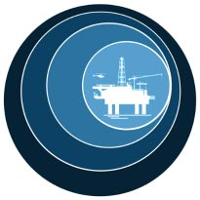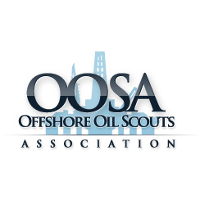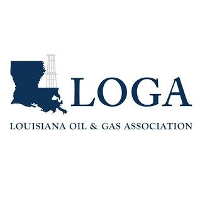Fire on the Water Beneath Facilities
Effective Date: 7/6/1988
 | Minerals Management Service Gulf of Mexico OCS Region |
Notice No. 156
July 6, 1988
Fire on the Water Beneath Facilities
A fire occurred on the water beneath a facility during welding operations. Producing and waterflood wells on the platform were shut in for welding operations. Hot welding slag fell into a hydrocarbon slick, which migrated under the platform from an unknown source. There were no injuries or structural damage, although the fire burned paint on the jacket legs. The fire was extinguished within 15 minutes by use of portable dry chemical units; the fire on the water burned itself out.
To prevent a recurrence of this type of incident, the lessee will have the fire watch also monitor the area below the platform for the presence of hydrocarbons.
In another incident, of a much more serious nature, fire on the water occurred during welding operations at night on a different production facility with a connected auxiliary platform. The platform had been shut in to rig up to sidetrack an existing well. One well was producing to provide fuel gas for the generators for platform lighting. The chem-electric unit was temporarily taken out of service for repair, and production fluids were bypassed to the skimmer. Later, welding operations were commenced on the stair landing for the living quarters on the top deck of the main platform. A fire on the water was noticed, grew into an intense fire, and caused three men to jump overboard. One was recovered, one was found dead, and one was never found. An alarm was sounded and 31 men moved across an open grating catwalk to the auxiliary platform. Nine men were burned, and one died later. Altogether, three lives were lost and eight men sustained burns. The fire lasted about 15 minutes; damage to the facility was minimal.
The fire is believed to have been caused by hot welding slag falling into hydrocarbons on the water beneath the facility. It is believed that several valves that were common to the sump line were inadvertently left open, allowing the production fluids in the skimmer to gravity drain through its inlet line into the sump line and sump. The sump became filled, and production fluids filled the drain lines into the drip pans, which overflowed through the platform grating into the Gulf. The pollution then migrated beneath the welding operation on the main platform.
To prevent a recurrence of this type of accident, the lessee has installed check valves in those vessel inlets that are capable of backflowing to sump and drip pans and eliminated some bypass piping; also, the lessee plans to use a portable diesel generator for lighting during welding operations under these conditions.
Minerals Management Service recommends the following:
1. Bypass operations should be planned, coordinated, and closely monitored to prevent a similar chain of events from occurring;
2. The fire watch should also monitor the water for the presence of hydrocarbons; and
3. Welding operations at night should require a special level of approval by the
operator that would include an enhanced level of supervision and monitoring or should be delayed until daylight, if feasible.






